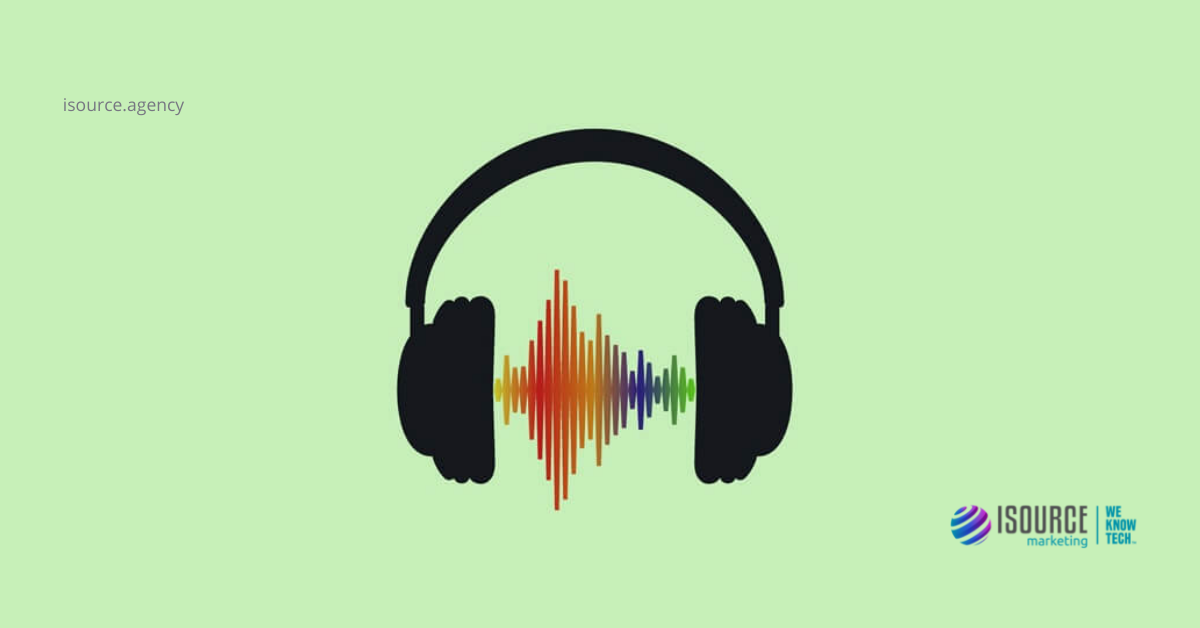Why should TikTok be included in your B2B marketing strategy?
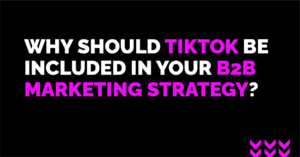
TikTok’s popularity has grown rapidly in Latin America and in countries such as the United States, and it appears that the application’s growth will continue in the near future, as the way in which businesses use the application for everything related to B2B has become extremely relevant. According to data presented by ByteDance Ltd. in January of this year, TikTok is the fastest growing social network in recent years, with more than 105 million monthly active users over the age of 18 worldwide. In this context and given the growth of a valued social network among 50 and 75 billion dollars, the following concern arises: how can TikTok help companies develop an optimal B2B marketing plan? From Isource Marketing, as an agency specialized in B2B, we offer you 5 key recommendations so that companies decide to invest in this important social network that continues to be a trend in the market:

1.Human Centric Marketing: One of the new trends in marketing that continues to grow is theHuman Centric Marketing, which consists of not only treating the client only as a consumer, but also as a person. In this way, Tik tok is presented as an important resource that demonstrates this trend with more humane and informal actions. The most recent statistics of Data Reportal show that B2B Companies on TikTok have a higher engagement and ROI rate than other brands, and this has led 58% of B2B marketers to increase investment within this platform. Likewise, the same study indicates that the average engagement rate on TikTok isof the 5.96%; the highest of all social networks.

2.Creative participation: Since TikTok is an entertainment social network, the content must attract users in a natural and creative way. So it is very useful to use the new trending hashtags that are published every week, as long as they are related to your content or you know how to relate them to your marketing efforts. It is also essential to upload content regularly to your profile, that will make users enter more times to see if you have news. To reinforce that creativity there are numerous viral videos that can be used to your advantage with a little imagination. These audios can be songs or dialogues from reality shows, series or movies that have gone viral. According to “tiktokers”, recording over short and viral audios makes you have a better chance of appearing on the recommendations page. Another option is to upload videos showing the infrastructure of your company, or work team, create short tutorials about your products or services. Finally, you can take quizzes through Tik Tok to engage potential customers in your content.

3.Success stories: This is a good tool to attract potential customers without advertising directly to them. a good start to create this type of content is finding stories in your industry and bringing the benefits to your audience. For example, Adobe is renowned for effectively handling B2B marketing on TikTok, as the company regularly posts some pretty eye-catching how-to videos, giving its customers the knowledge to get the most out of its tools and actively supporting the community they serve they try to sell. Additionally, Adobe launched in 2022 a campaign that connected creators with small businesses, awarding $10,000 to the finalist.

4.Find influencers on tik tok: If you’re not sure how to start creating content for your B2B business on TikTok, we recommend looking for influencers in your niche to get you off to a good start. The influencers of this social network are very familiar with the platform, the audience and the algorithms that consume content onTikTok. Using this information, you can create creative and exciting content that gets a large audience. Therefore it is key to find an influencer who understands your B2B product or service and invest monthly to create content for your company page.

5.First Party: This social network solution will allow companies to share details and information about those products and services that may be attractive to your customers, since it allows your company to create fluid interactions to reach your audience, in order to convert them in potential customers. Likewise, the tool allows the creation of customizable messages applicable to multiple customer segments. Leads can be downloaded manually or can be integrated into your company’s CRM, as they can be activated immediately. For businesses using TikTok, the information from these forms is vital to making sure they are reaching their potential customers in an effective and prudent manner.
TikTok continues to support and empower companies on the platform with simple solutions that allow them to connect closely with their customers while maintaining the privacy and security of all platform users, allowing brands to tell their story safely while user data is protected and they can optimally attract new customers.
What are you waiting for to incorporate tik tok into your B2B strategy?
We know the importance of branding in your company, and we also know that a correct positioning strategy is one of the first steps to achieving success. At Isource Marketing we have 2 regional offices and a local presence in Miami, Florida-USA and in the rest of the main countries of Latin America, so we are always ready to help you create that B2B strategy in tiktok for your company regardless of the place in the one you meet.

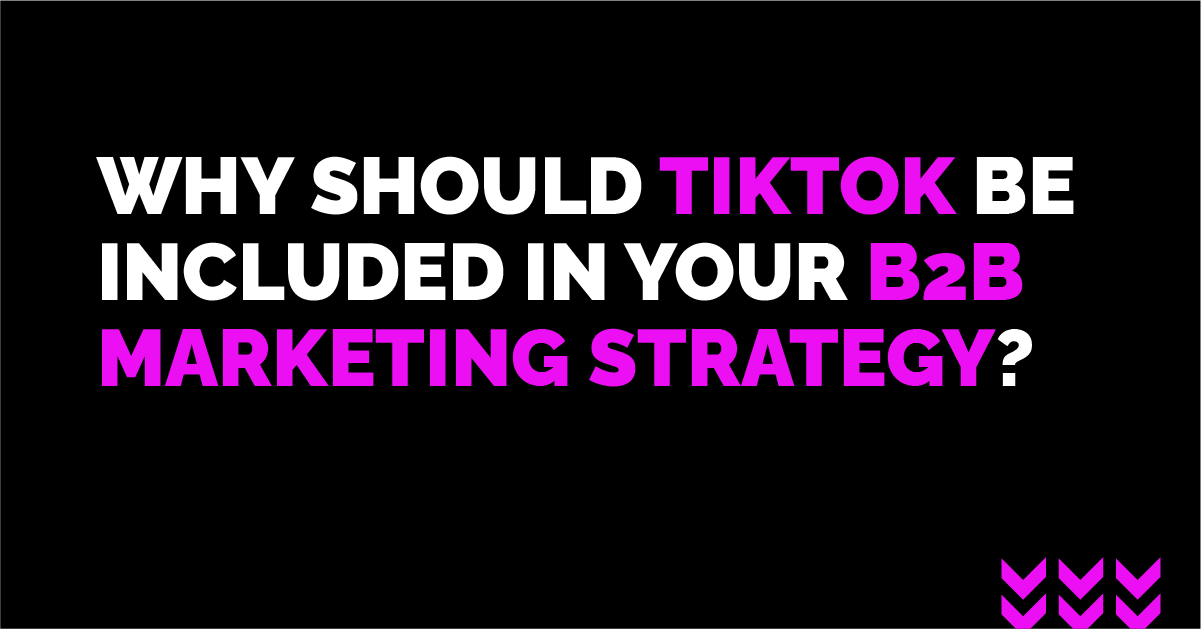

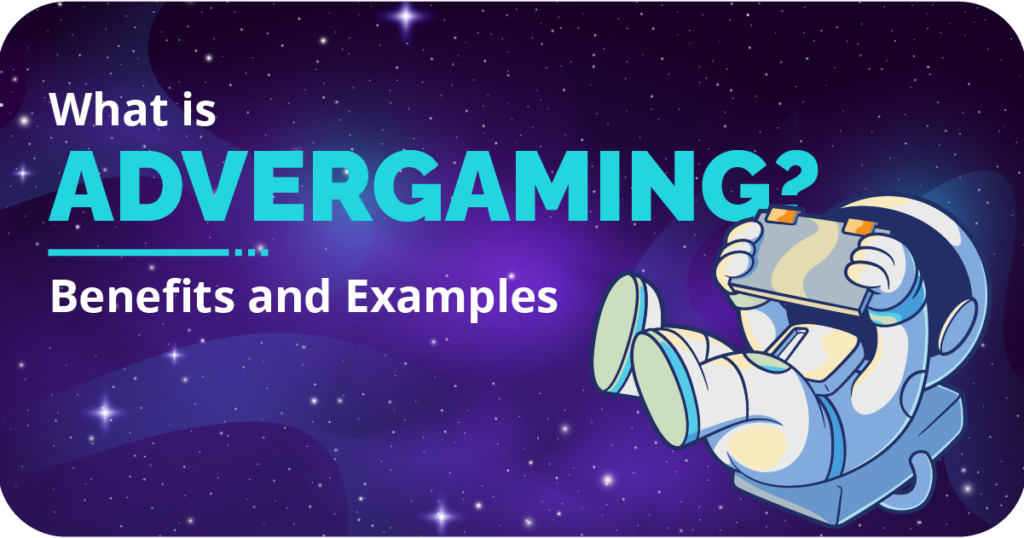


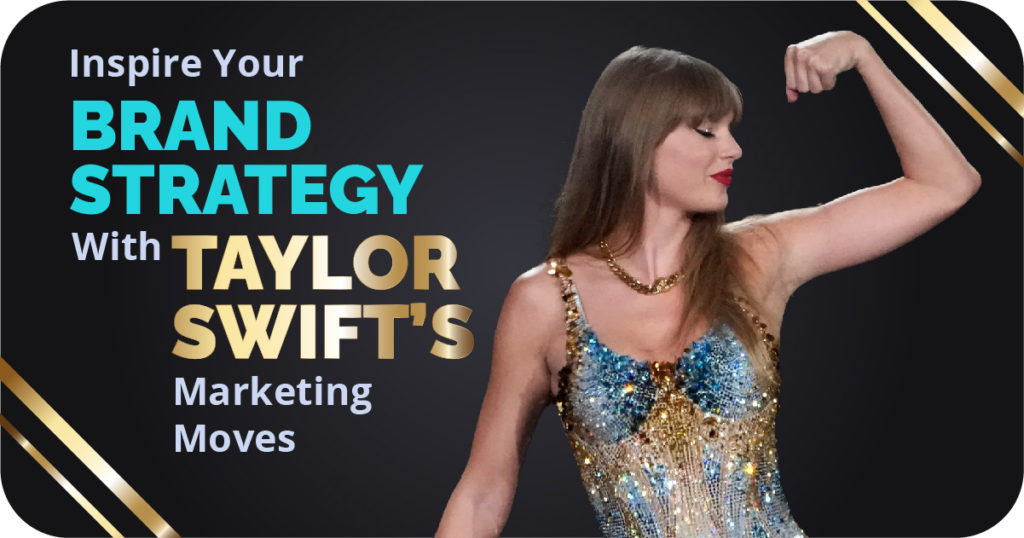
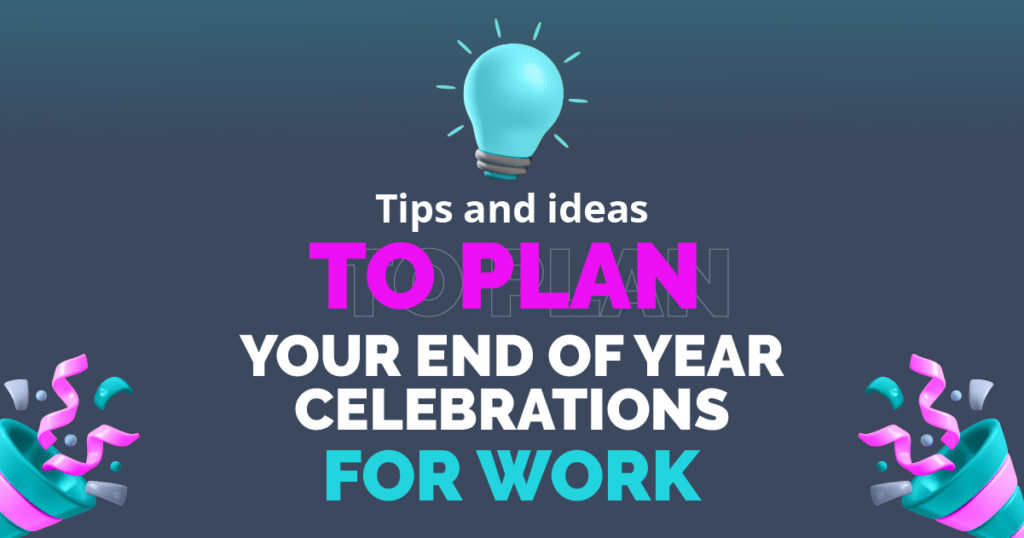
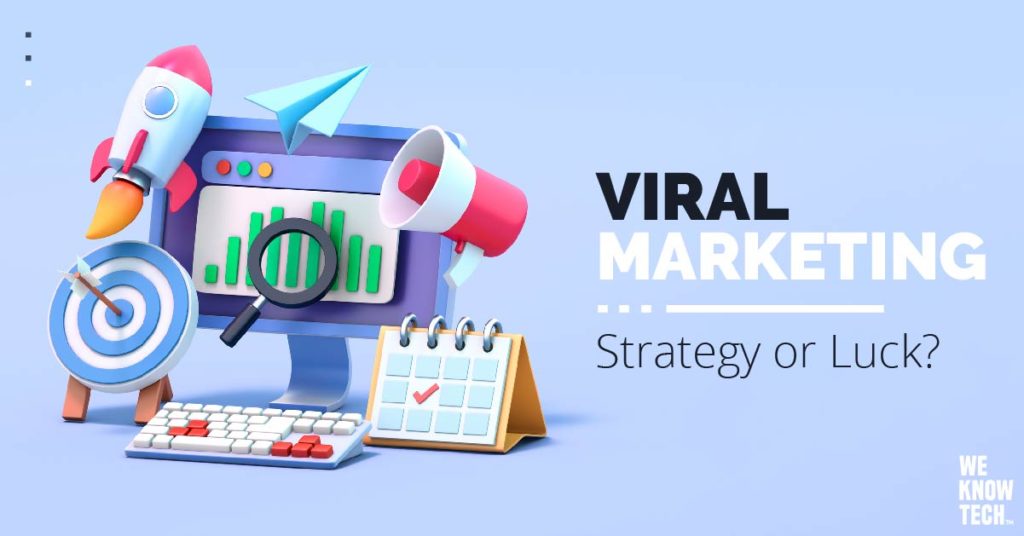
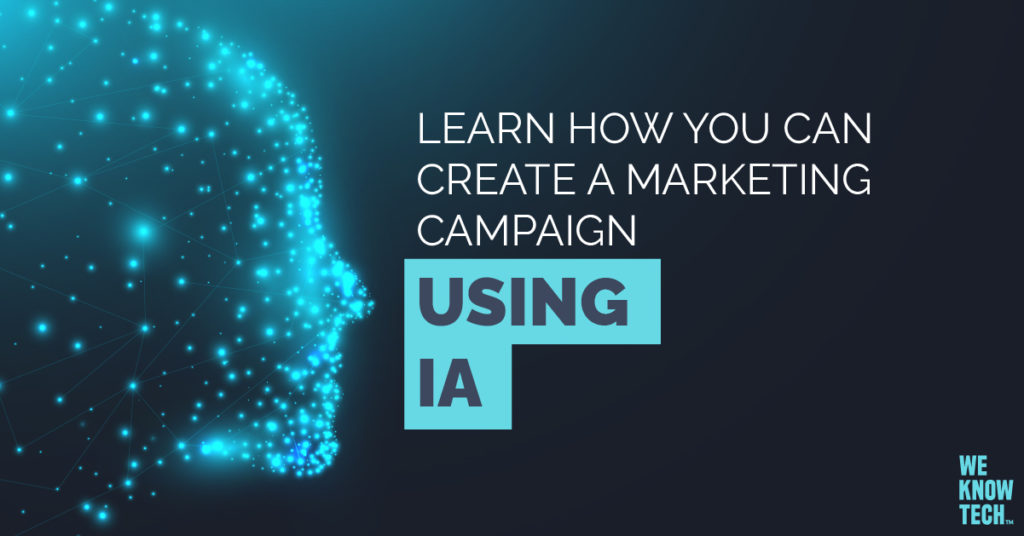
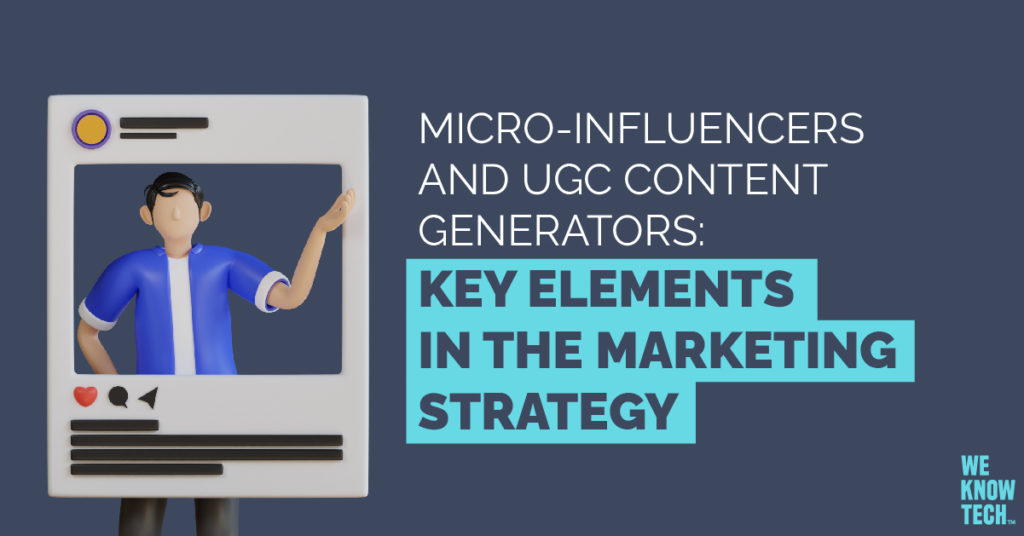
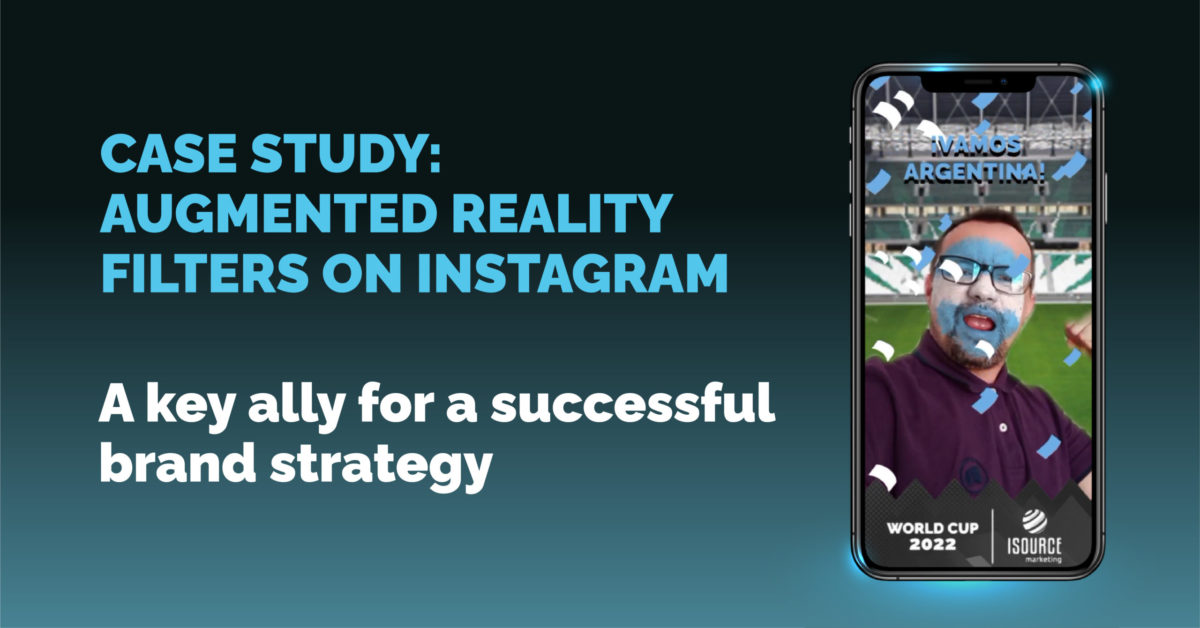





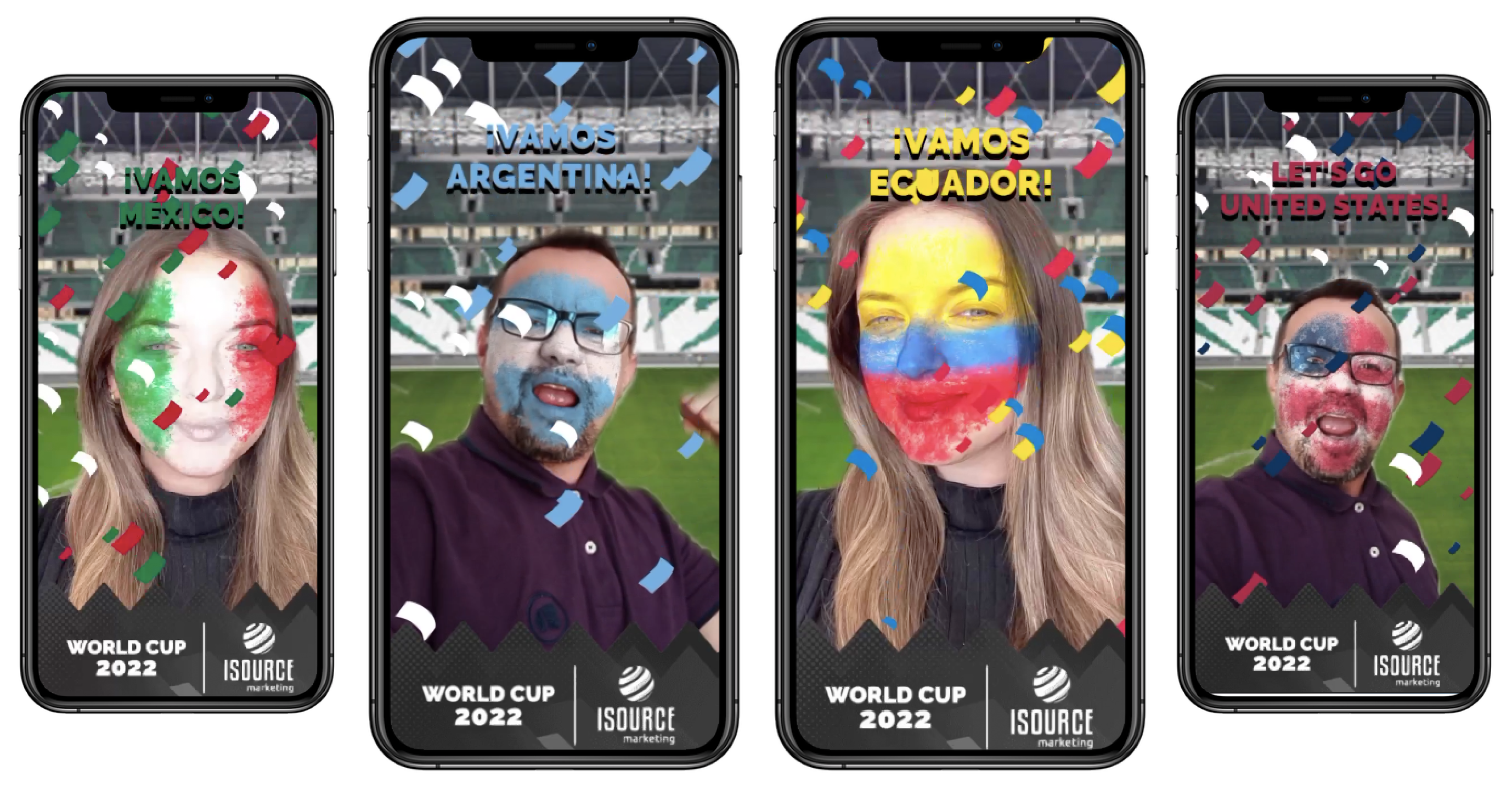


 Design thinking is an iterative process that utilizes a set of design techniques to generate, develop, and test new ideas in order to create products and services that are technologically possible and financially viable.
Design thinking is an iterative process that utilizes a set of design techniques to generate, develop, and test new ideas in order to create products and services that are technologically possible and financially viable.


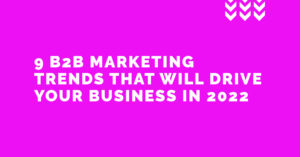 2020 and 2021 were challenging years for society and the global economy, but there is no denying the opportunities created by the digital revolution’s acceleration, particularly for enterprises in the Business to Business (B2B) sector and their sales and marketing areas. According to a
2020 and 2021 were challenging years for society and the global economy, but there is no denying the opportunities created by the digital revolution’s acceleration, particularly for enterprises in the Business to Business (B2B) sector and their sales and marketing areas. According to a 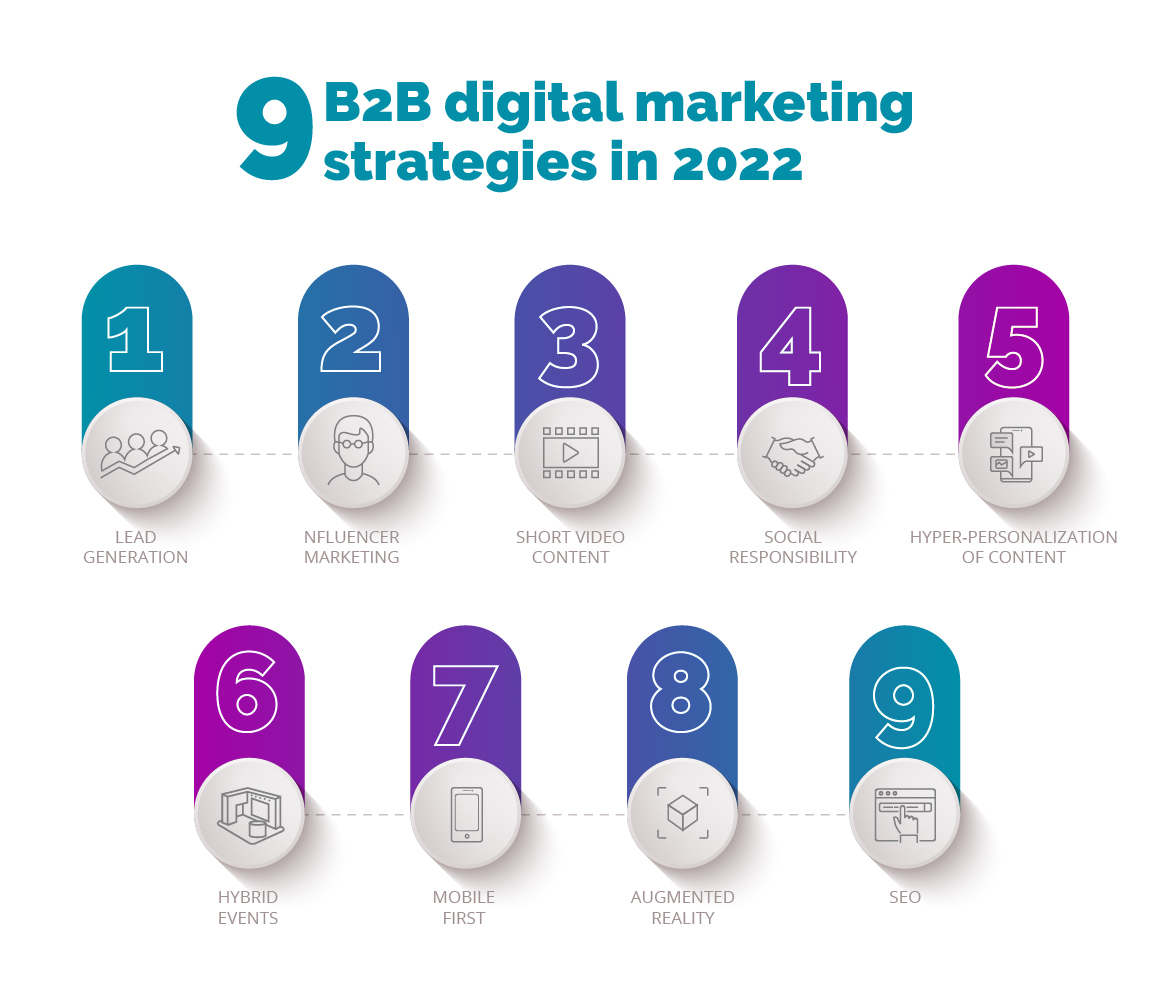 We hope you found our review of Digital Marketing Trends for 2022 beneficial; at the end of the day, it is part of our expertise in being the strategic B2B partner you need in this challenging year. At Isource Marketing we specialize in developing customized marketing strategies according to the needs of your business and adapted to the market. You can contact us by clicking
We hope you found our review of Digital Marketing Trends for 2022 beneficial; at the end of the day, it is part of our expertise in being the strategic B2B partner you need in this challenging year. At Isource Marketing we specialize in developing customized marketing strategies according to the needs of your business and adapted to the market. You can contact us by clicking 
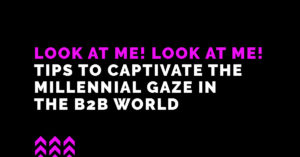 The millennial generation (born between 1981 and 1996) is the first to come of age in the new century and is expected to be a key economic force in the decades ahead. According to
The millennial generation (born between 1981 and 1996) is the first to come of age in the new century and is expected to be a key economic force in the decades ahead. According to 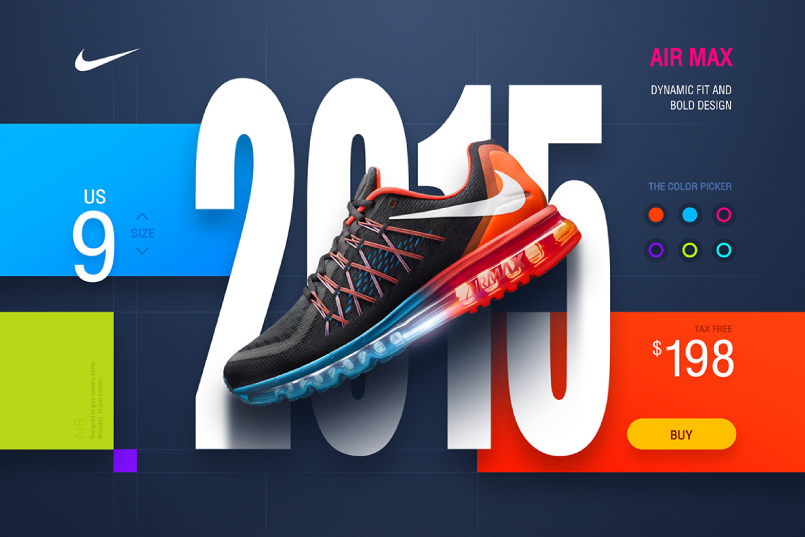


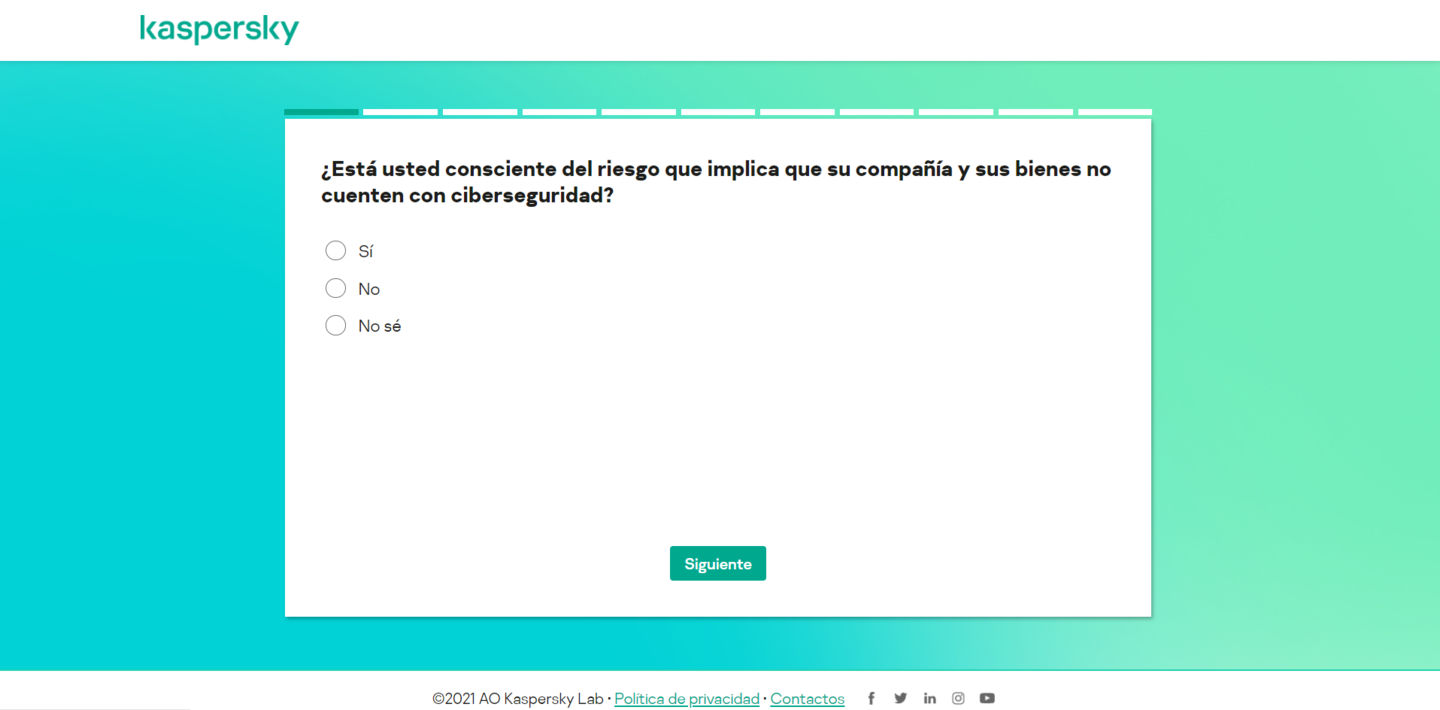

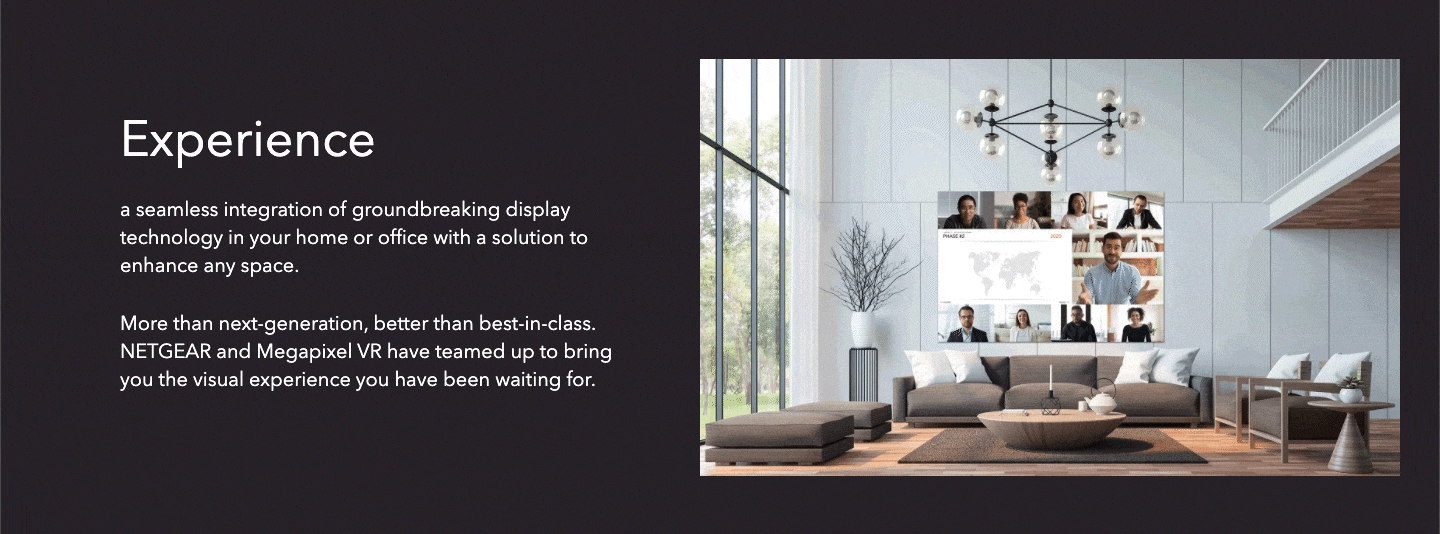


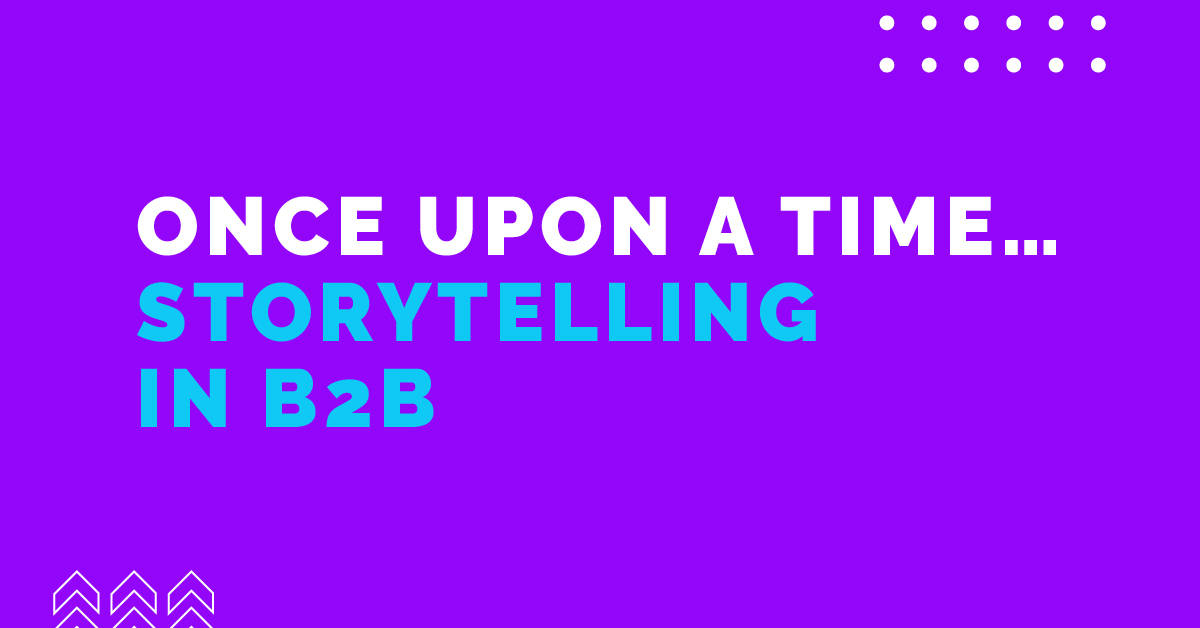
 Who doesn’t like stories? We live in a world surrounded by them; in fact, our life is a story in itself. Companies have recognized the potential storytelling can have and are utilizing it to captivate their consumers and potential customers. What exactly is it, and why does it hold so much opportunity in the Business-to-Business (B2B) world? The solutions to these questions may be found throughout this blog.
Who doesn’t like stories? We live in a world surrounded by them; in fact, our life is a story in itself. Companies have recognized the potential storytelling can have and are utilizing it to captivate their consumers and potential customers. What exactly is it, and why does it hold so much opportunity in the Business-to-Business (B2B) world? The solutions to these questions may be found throughout this blog.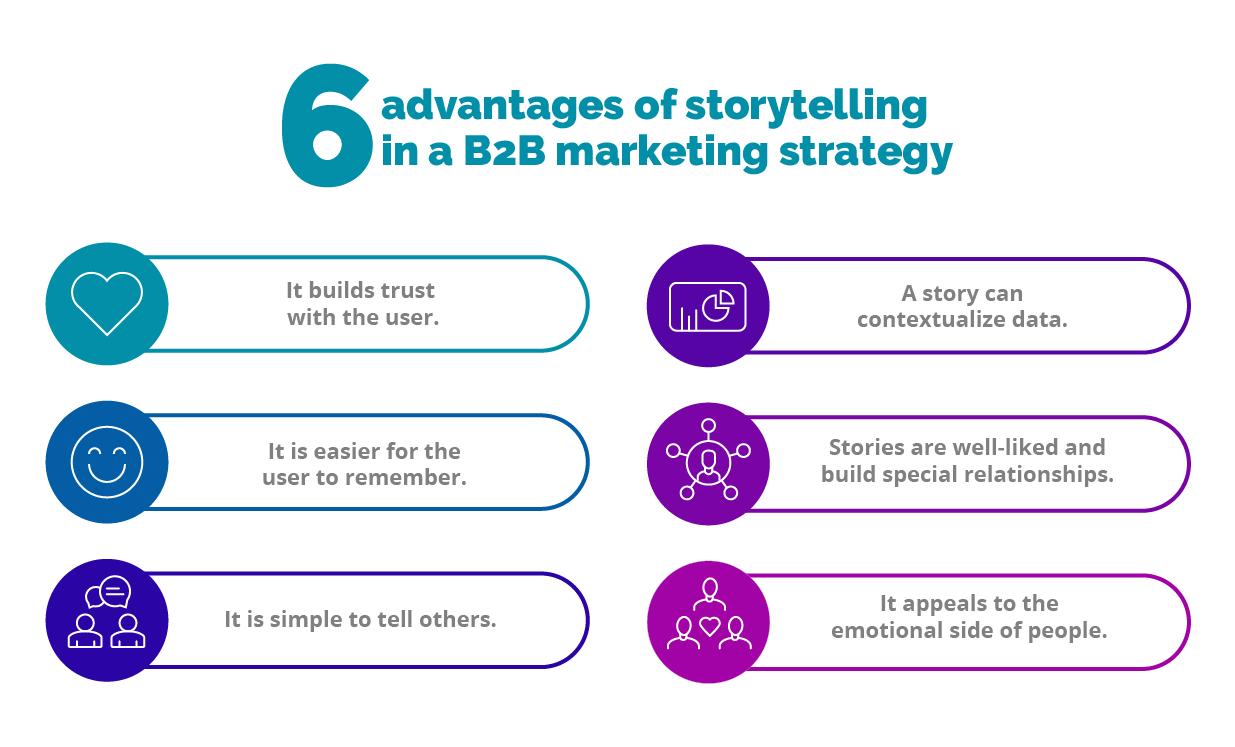 Harness the power of gamification
Harness the power of gamification